The Circuitous Route to the Ideal Sport: Sika Henry
While at the TBI Conference late last month I met Sika Henry. She was invited to speak on diversity in triathlon.
She began swimming competitively at age-14, late enough not to be a natural swimmer, early enough to become a very good swimmer. Team swimming ended for her when high school ended.
With not much background in distance running she entered her first triathlon. She’s still learning cycling; still has an issue with clipless pedals. In my estimate a raw cyclist. Tremendous upside. The U.S. is awaiting its first female African American elite and Ms. Henry is on that trajectory.
But it was a statement she made at the conference that caused me to want to talk to her further.
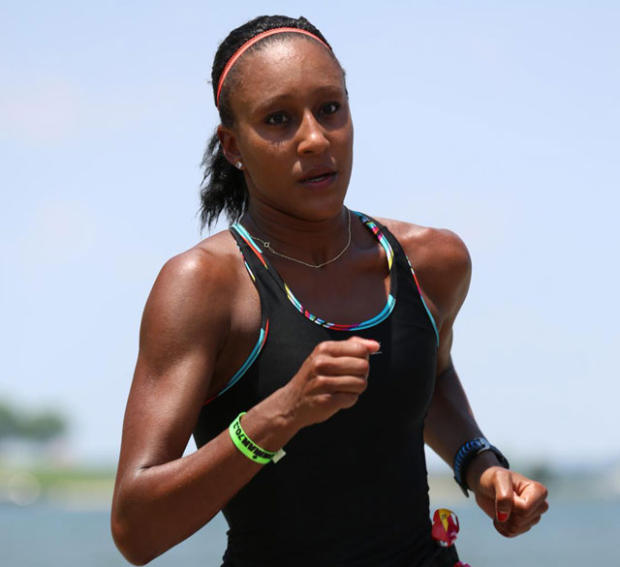
Slowtwitch: If I understood this right, you were a swimmer in high school, yes? When did you start competitive swimming?
Sika Henry: I grew up in the water. The house I was raised in had a large in-ground pool. As soon as I learned how to walk my parents made sure I could swim. When I got to high school my parents were adamant that I choose a sport. I picked swimming. I swam competitively all four years of high school.
ST: Are you a crackerjack swimmer in triathlon?
SH: No. Swimming is not my strength in triathlon. Running is my best discipline.
ST: And then you fell over backward – sorry – into the high jump. Or it discovered you?
SH: My junior year of high school I was goofing around in phys-ed class. The track coach asked me to jump and touch the rim of the basketball net. I did. He thought I’d make a good high jumper. At the end of my swim season I joined the track team. I jumped 5’2” in the first meet. I got into running by accident. I ran a 400 in 60-flat. I was hooked. I walked onto the track team in college. [A 2005 college graduate, Ms. Henry is 5th on the all-time high jump list at Tufts University, and is a member of the school record 4x400m relay.]

ST: I also note you have a 3:06 marathon PR and that doesn’t sound like a quarter miler to me.
SH: I considered the mile a long distance event. I was never a distance runner. After I graduated college I started running longer distances to stay in shape. I’d run an occasional 5K. I also tried a marathon back in 2007. I think I ran 3:57. When I decided to do my first triathlon in June 2013, I went from running 3 days a week to swimming, biking, and running 5 days a week. I noticed a huge improvement in my fitness. I went from barely cracking 20 minutes in a 5K to running in the 18:30s.
The more I trained for all three disciplines the faster I ran. I ran three marathons in 12 months beginning in 2015, in 3:11, then 3:07 and 3:06. I also used to run around a 1:35 half marathon, and now I can run that off the bike. My run thrives off of swim/bike/run training.
ST: Are you a 70.3 specialist?
SH: Last year was my first year racing that distance. It’s by far my favorite race distance. I learned the longer the race the more comfortable I am. I tend to negative-split. I discovering that I’m pretty good at suffering. I feel the most comfortable in a 70.3 race, and I think I have the most potential at it.
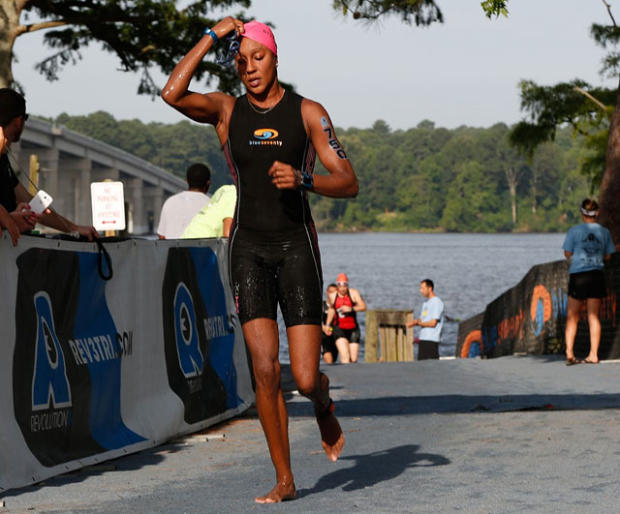
ST: What is your plan to qualify for your USAT elite status?
SH: The new qualification system for 2017 isn’t posted yet. Prior to 2016 it was finish top-3 overall in the amateur field at an Elite Qualifying Race; in 2016 it was a points system. I won’t be chasing a pro card but I hope my performances this season will be enough.
ST: I was shocked by a statement you made about racial disparity in drownings when you and I met at the TBI conference, and I did some research. Between the ages of 5 and 19 black boys and girls are five-and-a-half times more likely to drown in swimming pools than white girls and boys. That’s stunning, and it tells me that black children have access to pools, but don’t have access to swim lessons. I can’t imagine where to start. Those are just heartbreaking statistics.
SH: Yes, the statistics are heartbreaking. According to USA Swimming African American children drown at a rate nearly three times higher than white children, and an estimated 70 percent of African-American children cannot swim. Grandparents can’t swim, they can’t teach their children how to swim and so on. Another USA Swimming report stated that if a minority parent does not know how to swim, the chances were below 1 in 5 the child would be comfortable in the water.
I’m hoping Simone Manuel [50 meter gold medalist], Cullen Jones [4×100 gold medalist] and Ashleigh Johnson [US water polo team goalie] will help inspire younger generations. Before the year 2000 we didn’t have any pioneers. Now we have people to look up to.
I’m no expert, but it’s something I think about often. I’d like to bring more attention to the sport of triathlon in the African American community. I hope that it will encourage black children and adults to learn how to swim, live healthier, and participate in a fun sport.


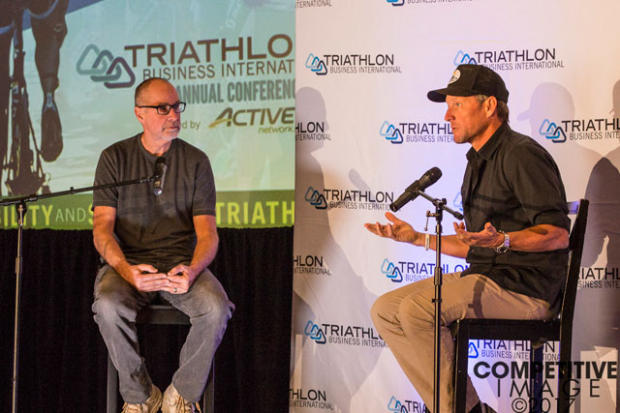
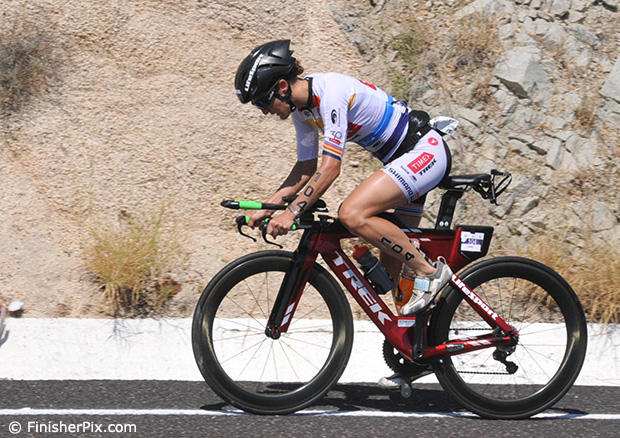
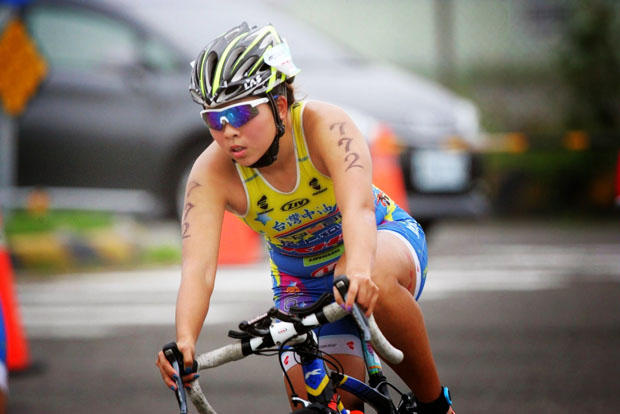
Start the discussion at slowtwitch.northend.network